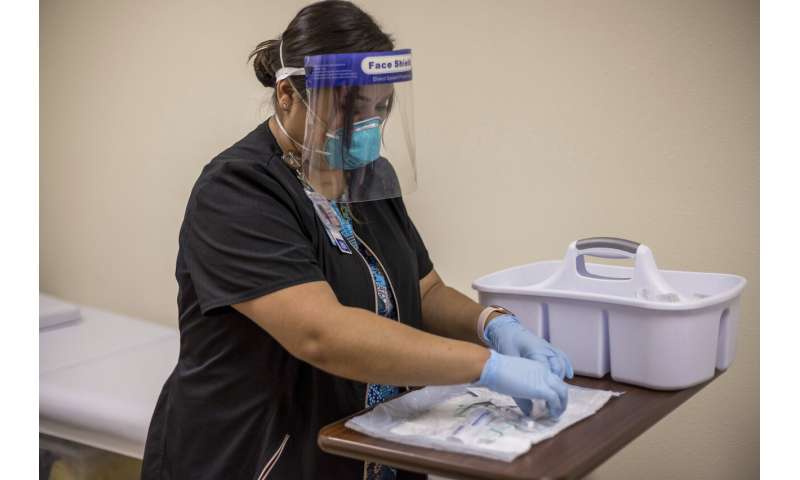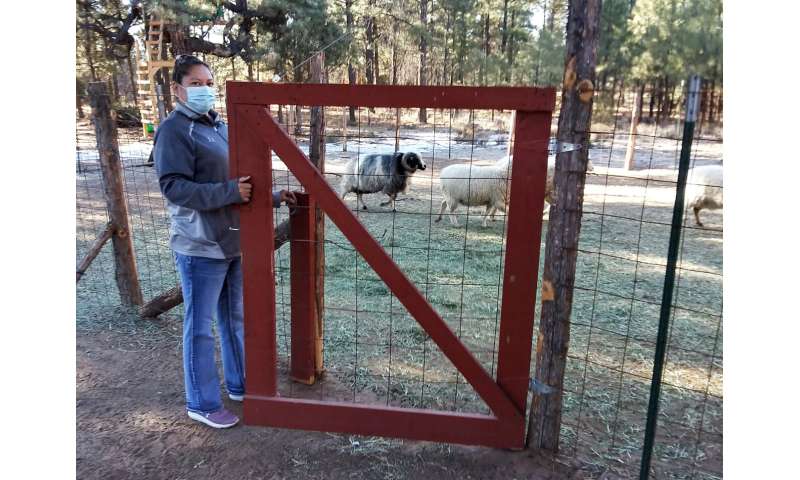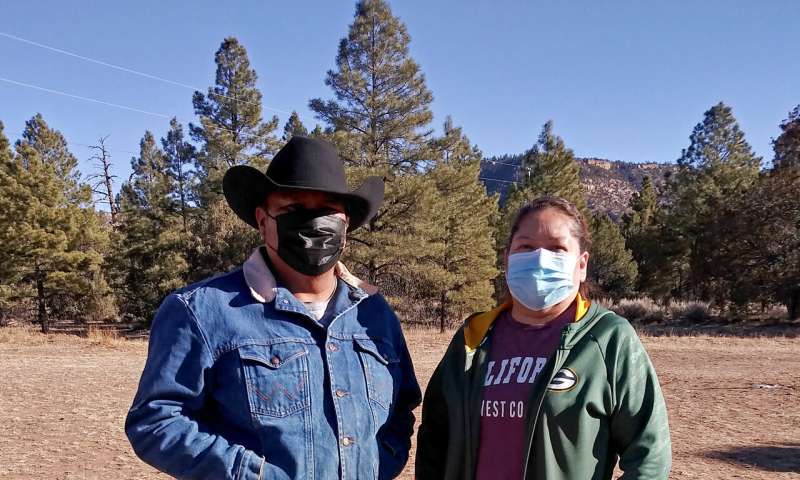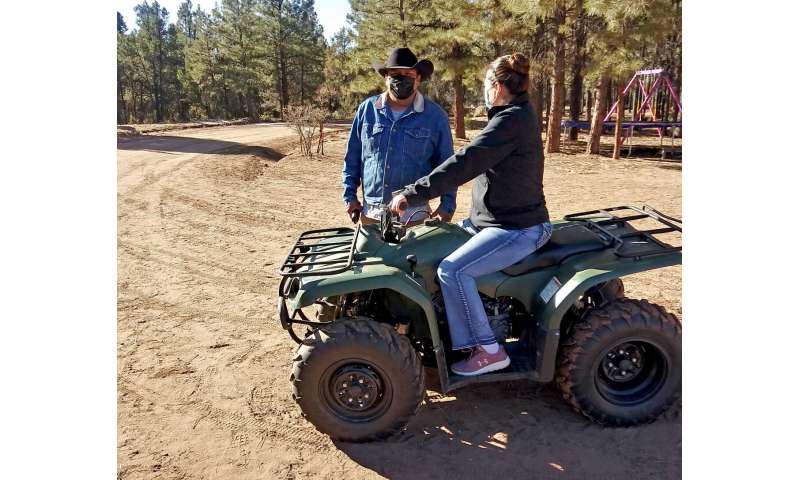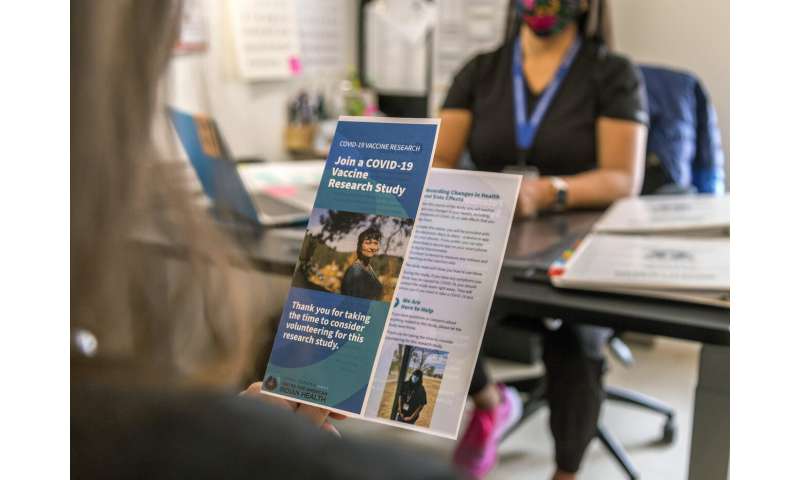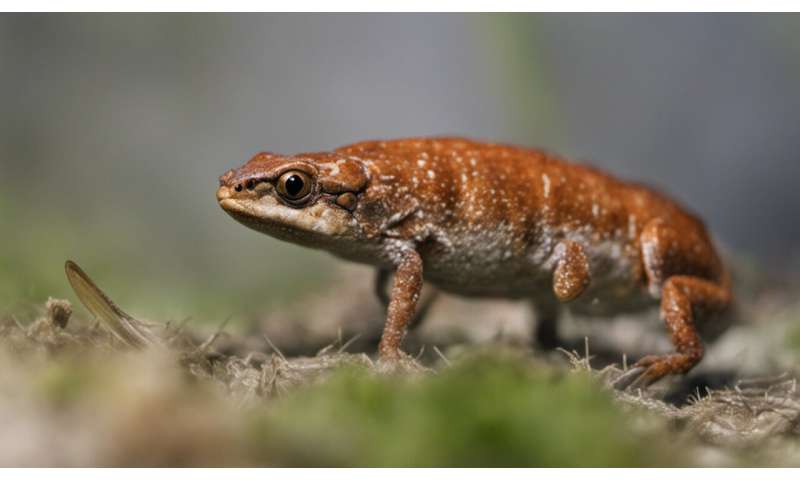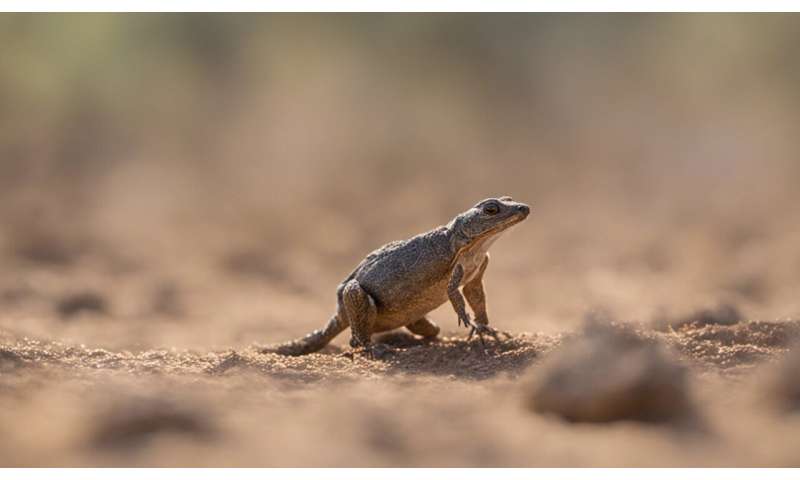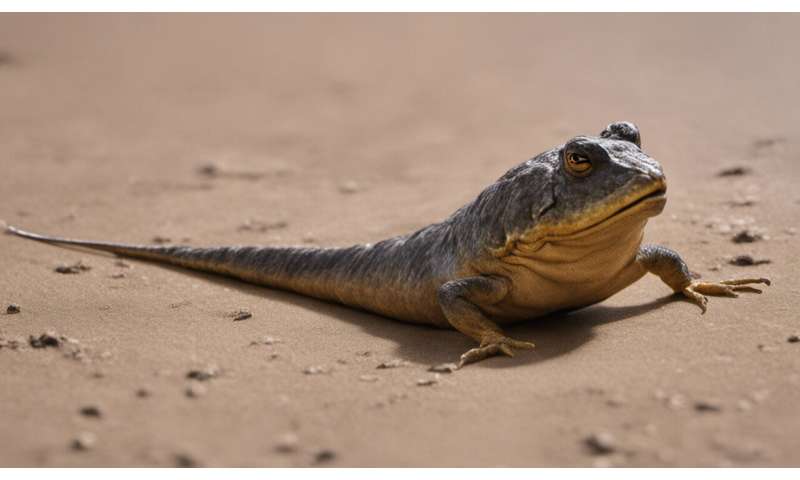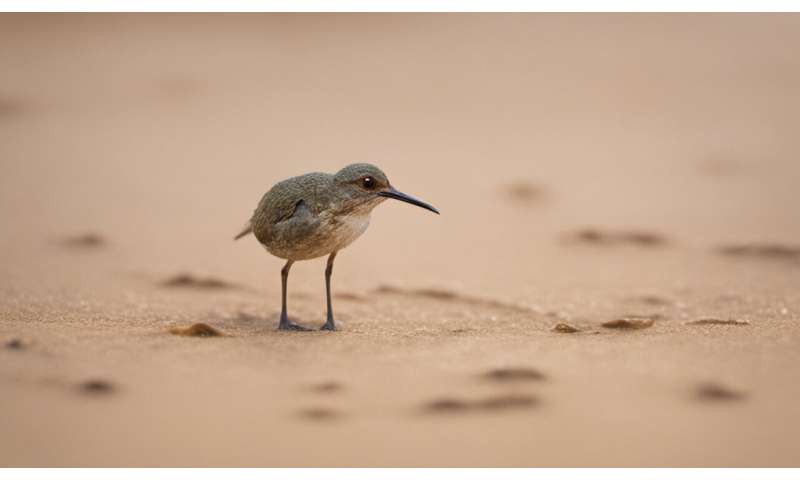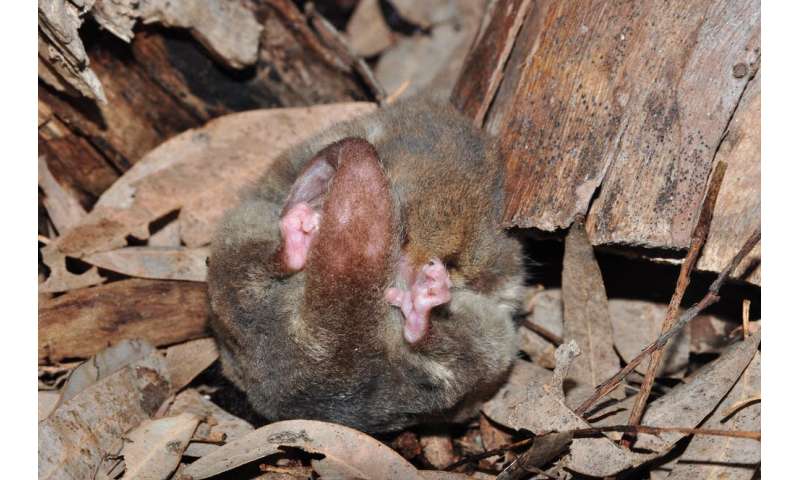'A violation of trust': Alberta doctors decry government vacations abroad

The revelation that at least five Alberta MLAs travelled abroad over the holidays amid strict COVID-19 restrictions has left some doctors in the province feeling frustrated.
The vacation destinations for the elected officials dot North America. Municipal Affairs Minister Tracy Allard and Calgary-Klein MLA Jeremy Nixon both visited Hawaii. Arizona was the sunny locale visited by Red Deer-South MLA Jason Stephan, while Calgary-Peigan MLA Tanya Fir jetted to Las Vegas and backbencher Pat Rehn took a trip to Mexico.
On their website, the Alberta government advises against non-essential travel outside of Canada, aligning with a federal advisory.
Premier Jason Kenney said on New Year’s Day sanctions would not be issued to any government officials who spent their holidays on foreign soil. He said he issued a directive forbidding future out-of-country unrelated to government business.
The news was upsetting for Dr. Fiona Mattatall, an obstetrician-gynecologist at Calgary’s Rockyview General Hospital.
“It made me really angry and frustrated, and as I sorted through where that’s coming from, I realized it’s essentially coming from what I see my patients going through,” Mattatall said, estimating she sees about 50 patients each week.
“They’ve been changing a lot in their lives to keep themselves and their unborn child safe, and (I’ve been) hearing the sacrifices that people are making for their families and for their neighbours. I think it’s been hard coming to terms with knowing as Albertans we’re being given restrictions and then the people who are giving them out are not abiding by them.”
Mattatall worked early Saturday morning, and said she saw patients who felt “extremely angry” because they had altered celebrations around the holidays and foregone interactions with loved ones that would normally be an indispensable part of being an expectant parent.
“It’s extremely frustrating they’re not following the same precautions as the rest of Albertans to keep everyone safe,” she said.

© Provided by Calgary Herald
In mid-December, the province introduced strict measures meant to curb the rapidly rising spread of COVID-19, including implementing an ongoing ban on all social gatherings that lasted over the holidays.
Dr. Shazma Mithani is an emergency room physician in Edmonton. She suggested it was hypocritical for government officials not to follow the “spirit of the rules” while most Albertans give up Christmas traditions to adhere to public-health orders.
“I don’t know if it’s naive, but it did surprise me. Like the premier said yesterday, elected officials and people in public service are held to a higher standard, and knowing that and believing that, I was very surprised to hear that so many of the staffers and MLAs have left the country,” Mithani said.
“Unanimously, everybody is upset. It really feels like a violation of trust.”
Mithani said her family cancelled a ski trip to British Columbia booked months ago as the second wave worsened.
“We chose not even to leave the province, and we haven’t even left the city,” she said. “We chose to stay in Edmonton because it’s the safest thing to do and it’s in the spirit of these recommendations.”
Mattatall said she’s unaware of any colleagues who have left the country, saying a beach vacation is “the further thing” from a health-care worker’s mind currently.
Both doctors said they were frustrated those who travelled did not face consequences from Kenney.
On Wednesday, when the province last provided updated data on severe outcomes from COVID-19, there were 921 Albertans in hospital with COVID-19, 152 of whom were in intensive-care units.
At least 1,046 Albertans have died of the virus, with nearly half of that count coming in December alone.
In mid-December, the province introduced strict measures meant to curb the rapidly rising spread of COVID-19, including implementing an ongoing ban on all social gatherings that lasted over the holidays.
Dr. Shazma Mithani is an emergency room physician in Edmonton. She suggested it was hypocritical for government officials not to follow the “spirit of the rules” while most Albertans give up Christmas traditions to adhere to public-health orders.
“I don’t know if it’s naive, but it did surprise me. Like the premier said yesterday, elected officials and people in public service are held to a higher standard, and knowing that and believing that, I was very surprised to hear that so many of the staffers and MLAs have left the country,” Mithani said.
“Unanimously, everybody is upset. It really feels like a violation of trust.”
Mithani said her family cancelled a ski trip to British Columbia booked months ago as the second wave worsened.
“We chose not even to leave the province, and we haven’t even left the city,” she said. “We chose to stay in Edmonton because it’s the safest thing to do and it’s in the spirit of these recommendations.”
Mattatall said she’s unaware of any colleagues who have left the country, saying a beach vacation is “the further thing” from a health-care worker’s mind currently.
Both doctors said they were frustrated those who travelled did not face consequences from Kenney.
On Wednesday, when the province last provided updated data on severe outcomes from COVID-19, there were 921 Albertans in hospital with COVID-19, 152 of whom were in intensive-care units.
At least 1,046 Albertans have died of the virus, with nearly half of that count coming in December alone.




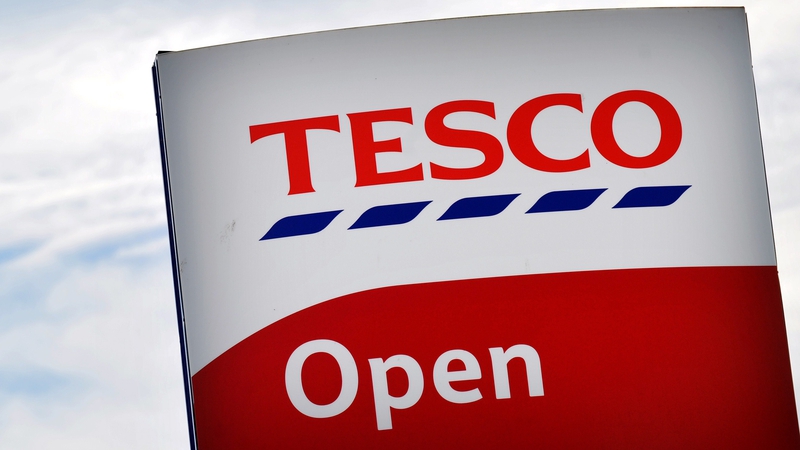









 Demonstrators hold the Portuguese messages: "Vaccine now!" and "Get out Bolsonaro" to protest Brazilian President Jair Bolsonaro's handling of the coronavirus, at a bus station in Brazilia, Brazil, Wednesday, Dec. 23, 2020. (AP Photo/Eraldo Peres)
Demonstrators hold the Portuguese messages: "Vaccine now!" and "Get out Bolsonaro" to protest Brazilian President Jair Bolsonaro's handling of the coronavirus, at a bus station in Brazilia, Brazil, Wednesday, Dec. 23, 2020. (AP Photo/Eraldo Peres)


